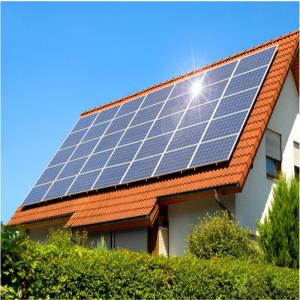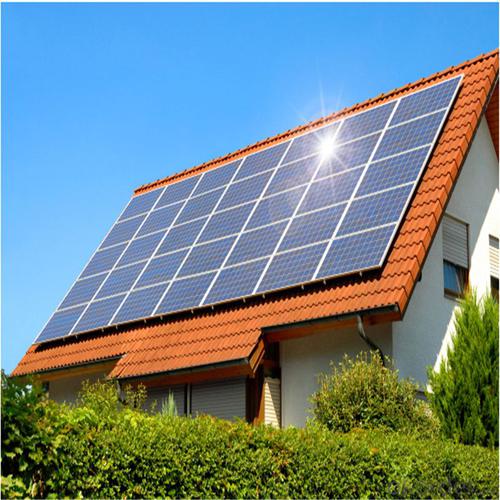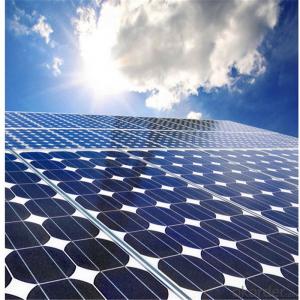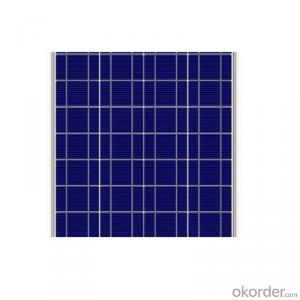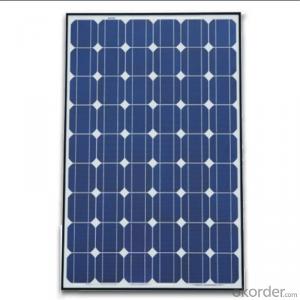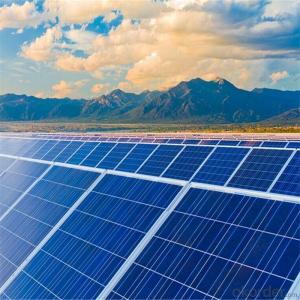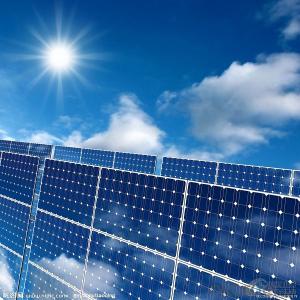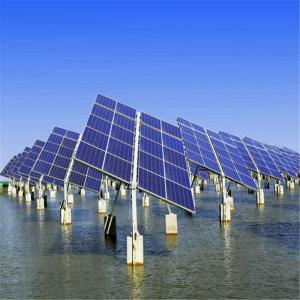215 Watt Bulk Heterojunction Solar Cells Poly Photovoltaic Panel
- Loading Port:
- China main port
- Payment Terms:
- TT OR LC
- Min Order Qty:
- 1000 watt
- Supply Capability:
- 500000 watt/month
OKorder Service Pledge
OKorder Financial Service
You Might Also Like
Specification
Instruction
Quality and Safety
1. Rigorous quality control meets the highest international standards.
2. High-transmissivity low-iron tempered glass, strong aluminium frame.
3. Using UV-resistant silicon.
4. IS09001/14001/CE/TUV/UL
5.3w-300w mono & poly solar panel supply
Warranties
1. 10 years limited product warranty
2. 15 years at 90% of the minimal rated power output
3. 25 years at 80% of the minimal rated power output
Feature
1. High efficiency and High power.
2. Long-term electrical stability.
3. Lowest price and Fastest delivery.
4. Good quality and good service.
5.Bulk supply
6. Good Warranty
7.Big Sale
8.High quality
9.More than 35 years on the lifetime.
10 DHL/Fedex/UPS/TNT/EMS etc
Images
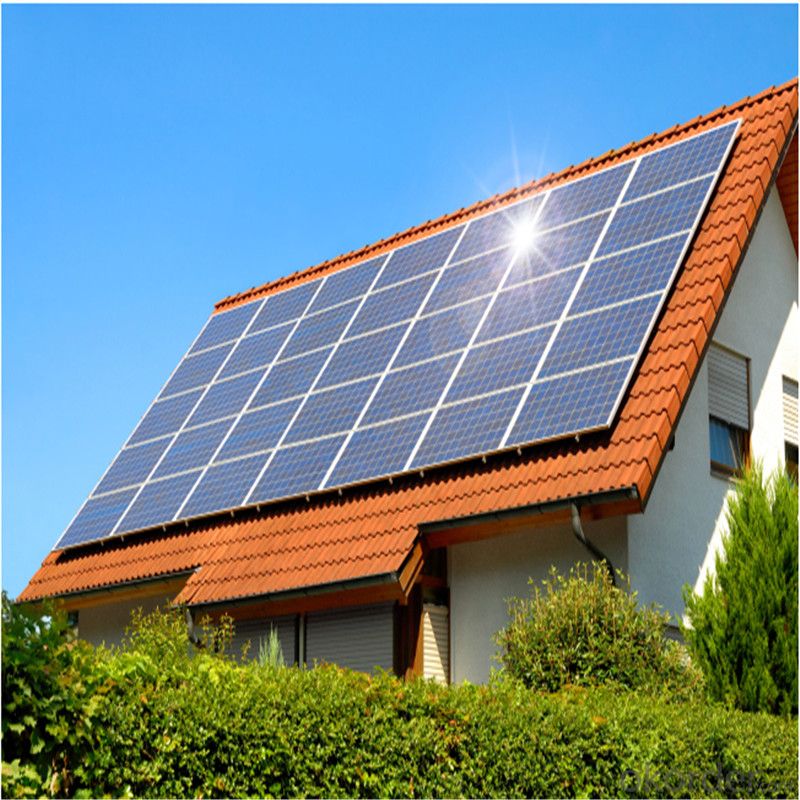
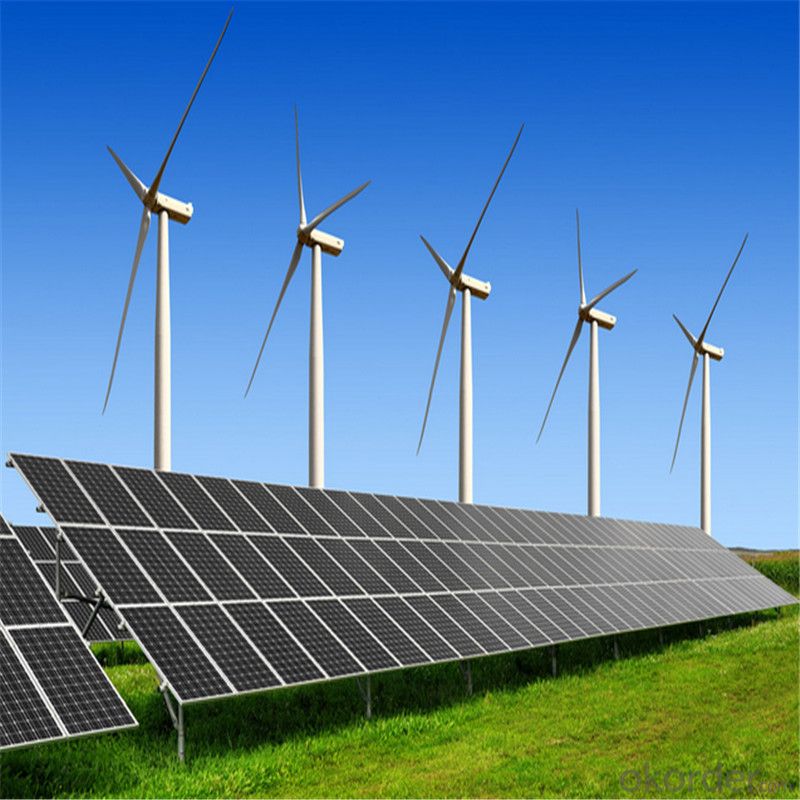
Specification
Model | SIM-100 |
Maximum Power at ST(Pmax)W | 100Wp |
Maximum Power Voltage(Vmp)V | 18.0V |
Maximum Power Current(Imp)A | 5.56A |
Open Circuit Voltage(Voc)V | 22.0V |
Short Circuit Current(Isc)A | 5.9A |
Cell Efficiency(%) | 17.0% |
Module Efficiency(%) | 15.37% |
Operating Temperature°C | -40°C to 85°C |
Maximum system voltage | 1000V(IEC)DC |
Power tolerance | -0.03 |
Temperature coefficients of Pmax | -0.45%/°C |
Temperature coefficients of Voc | -0.27%/°C |
Temperature coefficients of Isc | 0.05%/°C |
Weight(kg) | 7.4 |
Number of cell(pcs) | 4*9 |
FAQ
We have organized several common questions for our clients,may help you sincerely:
1). What’s price per watt?
A: It’s depends on the quantity, delivery date and payment terms of the order. We can talk further about the detail price issue. Our products is high quality with lower price level.
2). Can you tell me the parameter of your solar panels?
We have different series of cells with different power output, both from c-si to a-si. Please take our specification sheet for your reference.
3). How do you pack your products?
We have rich experience on how to pack the panels to make sure the safety on shipment when it arrives at the destination.
4). How long can we receive the product after purchase?
In the purchase of product within three working days, We will arrange the factory delivery as soon as possible. The perfect time of receiving is related to the state and position of customers. Commonly 7 to 10 working days can be served.
- Q: What information can I get from the Internet about the solar cell modules? Such as what it is? How it is made?
- The solar cell module is composed of two loop circuits located respectively on two sides of the solar cell module, and converge respectively to the junction box.
- Q: Can solar cells be used in aircraft applications?
- Yes, solar cells can be used in aircraft applications. They are commonly used in solar-powered aircraft to convert sunlight into electrical energy, which can then be used to power the aircraft's systems and/or charge its batteries. Solar cells can help reduce the reliance on fossil fuels, increase flight time, and contribute to more sustainable aviation.
- Q: How to make solar cells in a scientific way?
- Follow the scientific instructions, then you will learn how to make it.
- Q: What is the impact of bird nesting on solar cell performance?
- Bird nesting can have a negative impact on solar cell performance as it can lead to shading of the panels, reducing their overall efficiency. Additionally, bird droppings can accumulate on the panels, obstructing sunlight and potentially causing damage to the cells over time. Regular maintenance and prevention measures are necessary to mitigate these effects and ensure optimal solar energy generation.
- Q: How do solar cells perform in regions with high levels of humidity and rainfall?
- Solar cells can still perform well in regions with high levels of humidity and rainfall. While excessive moisture can temporarily reduce their efficiency, modern solar cell designs are built to withstand such conditions. Additionally, rainwater can actually help to clean the surface of the solar panels, improving their performance in the long run.
- Q: What is the role of inverters in solar cell systems?
- The role of inverters in solar cell systems is to convert the direct current (DC) generated by the solar panels into alternating current (AC) electricity that can be used to power homes and businesses, or be fed back into the electrical grid. Inverters ensure efficient and reliable energy conversion, enabling solar energy to be used effectively as a renewable source of power.
- Q: Can solar cells be used in oil and gas exploration?
- Solar cells can indeed be used in oil and gas exploration. They can be employed to power various equipment and devices used in exploration, such as remote monitoring systems, sensors, and data collection devices. Solar cells offer a sustainable and reliable energy source in remote locations where access to traditional power grids might be challenging. Additionally, their low maintenance requirements and environmental friendliness make them an attractive option for the oil and gas industry.
- Q: Can solar cells be used for powering wildlife tracking devices?
- Yes, solar cells can be used for powering wildlife tracking devices. Solar panels can generate electricity from sunlight, which can then be stored in batteries to power tracking devices. This renewable energy solution is particularly useful for wildlife tracking as it eliminates the need for frequent battery replacements in remote areas.
- Q: What are the safety considerations for installing solar cells?
- Some safety considerations for installing solar cells include proper handling of the panels to avoid damage or injury, ensuring that electrical connections are correctly installed to prevent electrical hazards, and complying with local building codes and regulations. Additionally, it is essential to work with a qualified installer or electrician who is trained in solar installations to minimize any potential risks.
- Q: What is the expected degradation rate of a solar cell?
- The expected degradation rate of a solar cell can vary depending on various factors such as the quality of materials used, manufacturing processes, environmental conditions, and maintenance practices. However, on average, a well-designed and properly maintained solar cell can experience an annual degradation rate of around 0.5% to 1%. This means that over time, the solar cell's efficiency may decrease by 0.5% to 1% per year.
Send your message to us
215 Watt Bulk Heterojunction Solar Cells Poly Photovoltaic Panel
- Loading Port:
- China main port
- Payment Terms:
- TT OR LC
- Min Order Qty:
- 1000 watt
- Supply Capability:
- 500000 watt/month
OKorder Service Pledge
OKorder Financial Service
Similar products
Hot products
Hot Searches
Related keywords
